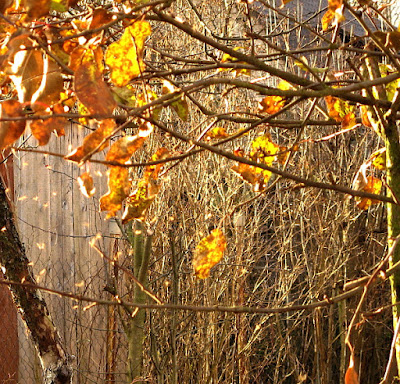It was grey November day when
I decided to visit the Suomenlinna fortress. The ferry from Helsinki fast arrived to the pier, cold waves of
Baltic sea beat on a shore and large stones. Suomenlinna (known as Sveaborg or Viapori) is one of the most popular insular tourist
attractions in Helsinki, Finland. Its name means in English 'Castle of
Finland'. Despite weather the ferries to Suomenlinna can always get
quite crowded.
I
want to tell you about this place. When Sweden started building the
fortress on islands it was to be just the sea fortress with additional
landside fortifications, according to the needs of the Swedish
archipelago fleet.
Entrance to the fortress from a ferry pier
Later
the next stage in the arming of Suomenlinna was when it became part of
"Peter the Great's naval fortification" designed to safeguard the
Russian capital, Saint Petersburg.
Strolling
in the fortress I saw granite fortifications from those years, they
struck me with their shape and height. I walked over and touched the
hewn granite blocks. They were warm to the touch!
The naval fortifications from local granite stones and earth-covered barracks
During
extensive earthworks barracks and the dockyards were built at the
western and southern islands. On the island's square, I was surprised to
see the low green hills. Getting accustomed I realized that they were
barracks, buried in the stony ground. Their green grassy roofs were
apparently disguises. For me it was strange to see such buildings. I've never seen so strange disguise before, probably the living in these barracks was damp and uncomfortable.
Fenced earth-covered fortifications
The fortress became part of the Independent Finland in 1917.
Nowadays Suomenlinna is served by ferries all year, and a service
tunnel supplying heating, water and electricity was built in 1982.
Several buildings have been converted into artists' studios. During the
summer there is an art school for children. I
believe that the beautiful combination of old fortifications and the
harsh northern nature of the islands inspires young artists.
Fortress walls topped with earth and grass
Suomenlinna was recognized as a world heritage and the most popular tourist destination in Finland. Therefore I hardly found the time when no one disturbed me to take a photo of the chain sea gates to the fortress. Tourists are constantly taking pictures there.
The central entrance to the Suomenlinna fortress, chain gates.
Saying farewell to the 'Castle of Finland' I've taken the photo from the fortress high wall. The low grey clouds there were, in a distance above the sea the clear sky was seen.
Have you been to any fortress before? What was it like? Was it in touch with nature?






































